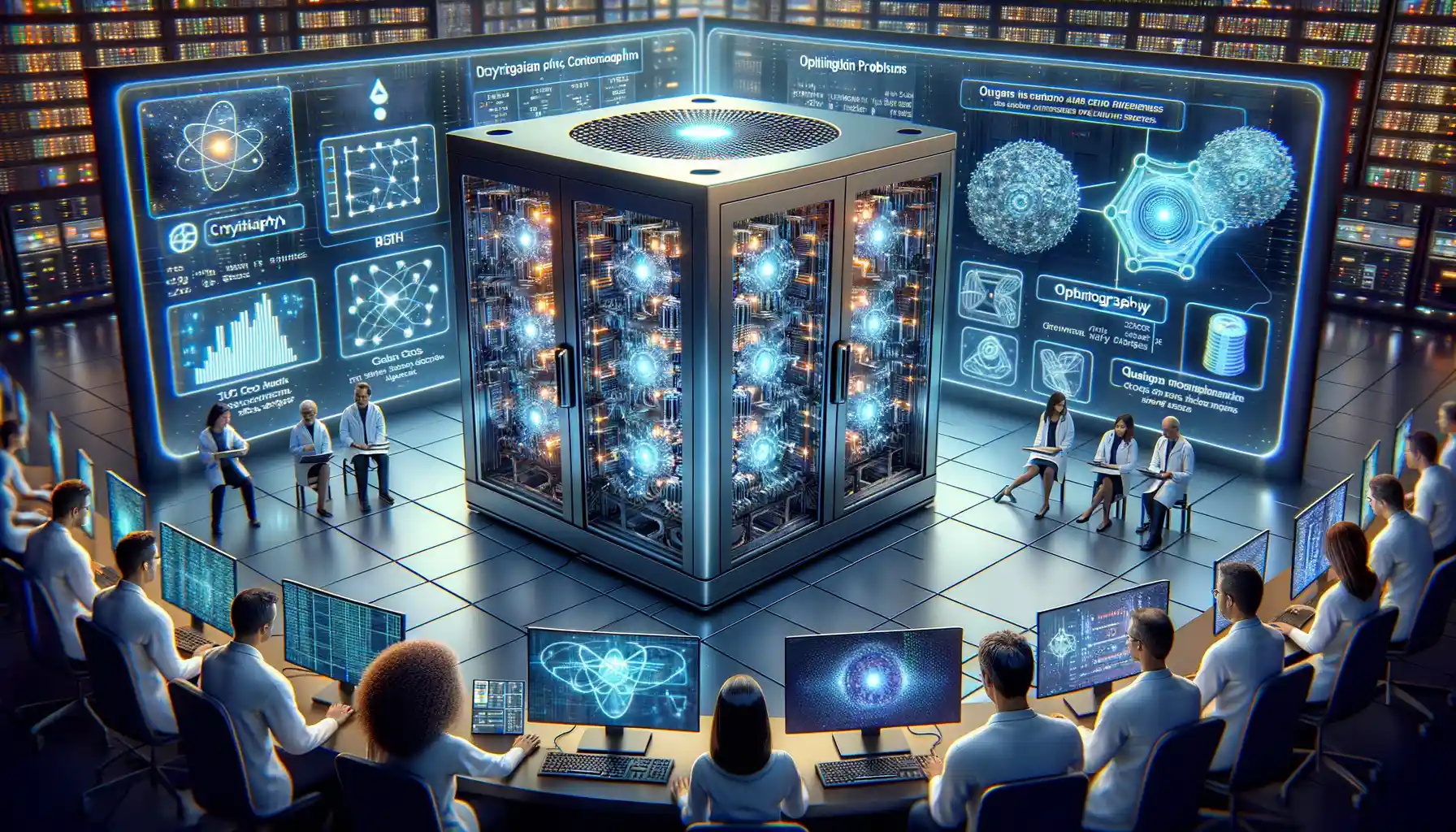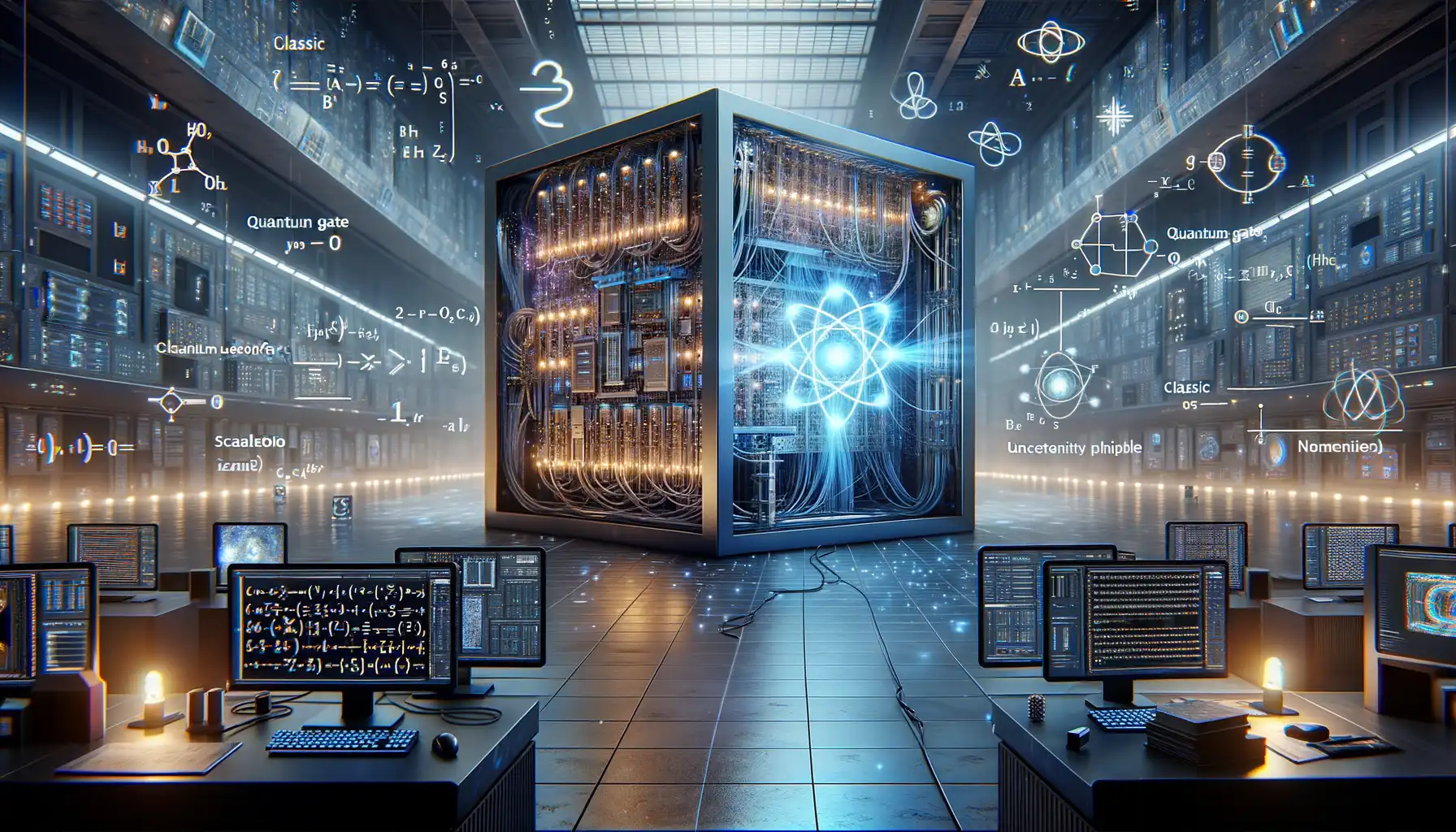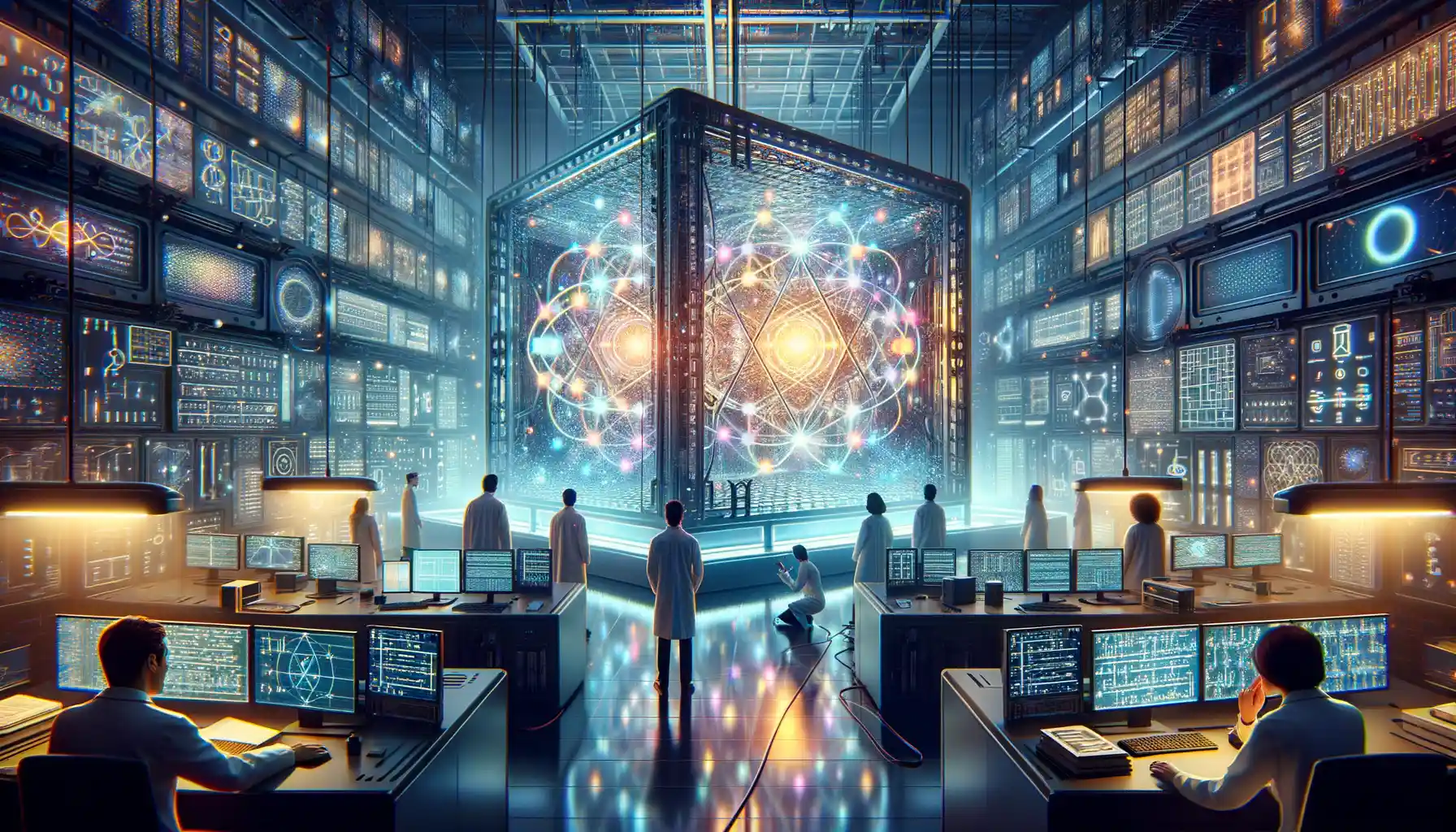Introduction to Quantum Computing
Peeking Into the Quantum Realm
Imagine cracking open the lid of Pandora’s box—only this time, instead of chaos, you find a universe of endless possibilities. Welcome to the fascinating world of quantum computing, where the rules of physics as we know them are rewritten. Unlike traditional computers that think in binary (zeros and ones), quantum computers dive into the multiverse of probabilities, exploring countless outcomes at once. Sounds like sci-fi? It’s not—it’s science fact.
At its heart lies the mystical unit of information: the qubit. While a regular computer bit is like a light switch (on or off), a qubit can be on, off, or something in between—all at the same time! This weirdness, known as superposition, gives quantum computers their jaw-dropping power. Combine that with another magical property called entanglement, and you have machines capable of solving problems that might take classical computers millennia.
Why does this matter? Because it has the potential to revolutionize industries—from healthcare to cybersecurity—while challenging how we process, store, and protect information. It’s the closest thing we have to unlocking the secrets of reality itself.
How Quantum Computing Works

The Strange Rules of Quantum Mechanics
Imagine a world where the usual rules no longer apply—welcome to the mind-bending realm of quantum mechanics! Unlike the predictable bits in your computer, which are always either a 0 or a 1, quantum computers rely on qubits. These magical little things can exist as both 0 and 1 at the same time, thanks to a phenomenon called superposition. It’s like flipping a coin and having it land on heads and tails simultaneously. Mind blown? That’s just the start.
Then there’s entanglement, a concept that feels ripped straight out of a sci-fi movie. When qubits become entangled, they’re mysteriously linked, no matter how far apart they are. Change the state of one, and the other instantly reacts, like quantum telepathy. This uncanny connection is what gives quantum computers their incredible speed, solving problems light-years faster than classical machines ever could.
- Superposition: Qubits hold multiple states at once.
- Entanglement: Change one, and its partner instantly shifts.
- Interference: Fine-tuning probabilities for precise results.
It’s not magic—it’s the physics of the very, very small, reshaping the future byte by quantum byte.
Applications and Use Cases of Quantum Computing

Transforming Industries with Quantum Power
Imagine a world where problems that stump even the most advanced supercomputers are solved in the blink of an eye. That’s the promise of quantum computing, and it’s not some distant sci-fi dream—it’s unfolding right now, reshaping industries in ways we never thought possible.
In healthcare, quantum computers could revolutionize drug discovery. Picture this: instead of years sifting through billions of chemical combinations, a quantum system models molecular interactions in hours. The result? Faster cures, custom therapies tailored to your DNA, and diseases beaten before they even take hold.
In finance, quantum algorithms aren’t just speeding up transactions—they’re decoding complex market patterns and predicting trends with uncanny accuracy. Think about risk assessments so precise they’d make Wall Street quants jealous. Fraud detection? Nearly foolproof.
But let’s get futuristic—did you know even traffic management could get a quantum boost? Cities of tomorrow may rely on quantum-powered optimization to cut commute times and reduce emissions.
- Aerospace: Perfecting flight paths and tackling intricate scheduling of missions.
- Energy: Revolutionizing battery technologies and boosting renewable energy grids.
- Cryptography: Both enhancing security and unraveling current encryption methods.
Quantum computing isn’t just a wave; it’s the tsunami that’s reshaping innovation as we know it.
Challenges and Limitations of Quantum Computing

The Battle Between Potential and Practicality
Quantum computing isn’t all glittering promises and futuristic breakthroughs. Beneath its shiny surface lies a mess of tangled wires—both literally and metaphorically. One major hurdle? Stability. Quantum bits, or qubits, are fragile little creatures. They exist in a delicate dance of superposition, and even the faintest whisper of interference (like a stray electromagnetic wave) can break that balance. Scientists call this “decoherence,” but you might as well call it quantum heartbreak.
And let’s not forget the ice-cold reality of temperature control. Many quantum computers only function at temperatures colder than outer space. That’s right—liquid nitrogen cold isn’t enough! You need to plunge into liquid helium territory, which requires equipment and energy costs that would make most companies wince.
Scaling Up: A Puzzle of Epic Proportions
Building a large-scale, universally functional quantum computer? That’s like assembling a 10,000-piece jigsaw puzzle where half the pieces keep vanishing. Why? Because of problems like:
- Error correction nightmares: Quantum errors are constant, and fixing them requires even more qubits. Imagine solving a problem by creating 1,000 others.
- Hardware complexity: Each additional qubit adds layers of engineering challenges. It’s not just plugging in another chip—it’s redesigning the whole system.
Despite these hurdles, the race continues. It’s messy. It’s chaotic. And it’s absolutely thrilling to watch.
The Future of Quantum Computing

Why Tomorrow’s Tech Revolution Feels Closer Than Ever
Picture a world where today’s impossible problems—like swiftly designing personalized medicines or optimizing traffic flow for entire cities—become yesterday’s tasks. This isn’t science fiction; it’s the heartbeat of what quantum computing holds for us. But the future isn’t just about sterile research labs or academic papers—it’s about impact, transformation, and unimaginable progress.
What makes it so exhilarating is the pace at which we’re hurtling forward. Companies like IBM, Google, and D-Wave are leading this charge, developing quantum hardware that feels like something out of a sci-fi blockbuster. We’re also seeing an influx of talent from every corner of the globe: mathematicians, physicists, and coders are building what might soon be the backbone of industries as diverse as logistics, healthcare, and cybersecurity.
- Imagine cars that predict traffic patterns before congestion even forms.
- Think of new materials that can revolutionize clean energy, designed in days rather than decades.
The future isn’t a faraway horizon; it’s being programmed, engineered, and tested right now. And honestly? It’s downright electrifying.
Breaking the Barriers: From Science to Society
As quantum computers inch toward widespread adoption, the focus shifts from “Can we build this?” to “How will this change lives?” And trust me, these shifts are seismic. For instance, consider financial markets. Quantum algorithms could process vast amounts of data, predicting risks and opportunities faster than any human trader could dream of.
Meanwhile, in medicine, breakthroughs could come not from trial and error, but from quantum simulations mapping every possible interaction of a drug with our bodies. Imagine curing diseases that today seem insurmountable. Cancer treatments? Tailored to your DNA.
Sure, some hurdles still exist—scalability, error rates, and affordability, to name a few. But each challenge feels less like a dead end and more like a puzzle waiting to be solved. It’s a thrilling reminder of humanity’s knack for turning obstacles into stepping stones when ambition is paired with ingenuity.
